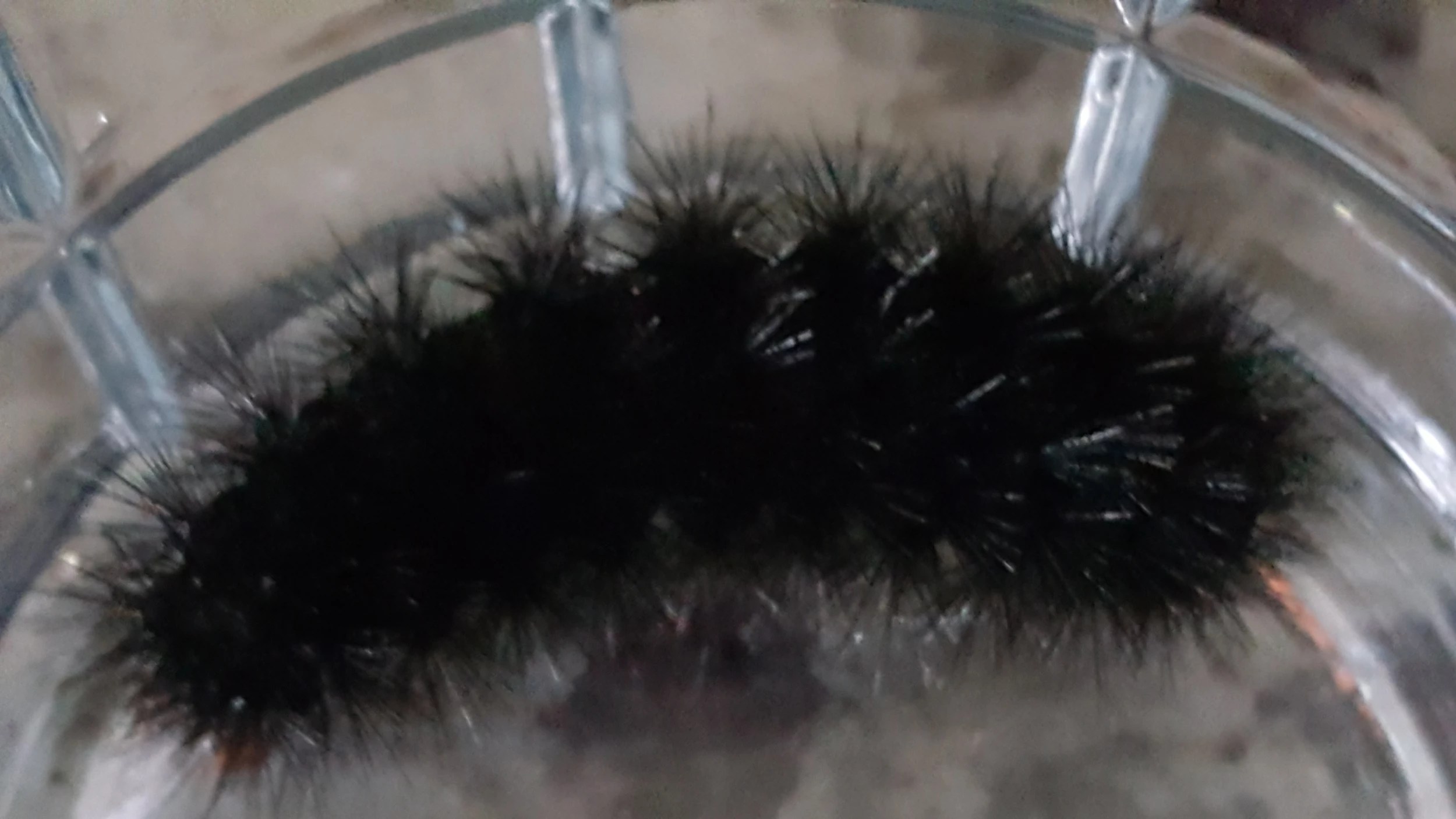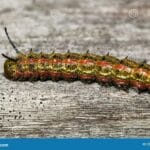Ever see those fuzzy little caterpillars with the distinctive black and rusty-brown stripes? They’re woolly bears, and they’re more than just cute, crawly critters. People have all sorts of stories about them, especially the folklore about their stripes predicting the winter weather. Let’s dive into the real story of these fascinating insects, from their munching-on-leaves days to their amazing transformation. Get ready to learn what a woolly bear actually turns into, and we’ll bust some myths along the way.
The Woolly Bear’s Metamorphosis: From Caterpillar to Moth
The woolly bear caterpillar, that fuzzy little insect you might spot crawling across a sidewalk or munching on leaves, is a tiny package of resilience and transformation. And its future holds a surprising change.
Debunking the Winter Weather Myth
Let’s address the popular folklore surrounding woolly bears and winter weather. Many believe the woolly bear’s stripes predict the severity of the coming winter: more brown, milder winter; more black, harsher winter. It’s a fun story, passed down through generations, but the truth is less magical. The width of the bands likely changes due to the caterpillar’s age, the number of times it has molted, and even its diet. It’s not a crystal ball for winter weather. While the myth is entertaining, it simply isn’t supported by scientific evidence. Several reputable sources, such as The Old Farmer’s Almanac, have debunked this charming, yet unfounded, belief.
Unveiling the Isabella Tiger Moth
So, what does a woolly bear caterpillar turn into? This humble crawler transforms into the Isabella tiger moth (Pyrrharctia isabella), a medium-sized moth with soft, tawny-colored wings adorned with delicate black spots. It’s a complete makeover, a dramatic shift from fuzzy worm to winged wonder.
The Woolly Bear’s Life Cycle: A Story of Change
The woolly bear’s life cycle is a remarkable journey of transformation.
From Egg to Caterpillar
It all begins with a tiny egg laid on a leaf. From this egg emerges the woolly bear caterpillar, ready to eat. It munches on various plants, fueling its growth. As it grows, it sheds its skin several times—a process called molting. This is where the myth of the changing stripe widths likely originates, as molting can affect the apparent proportions of the black and brown bands.
Overwintering: A Feat of Natural Antifreeze
As winter approaches, the woolly bear employs a unique survival strategy. Unlike creatures that migrate, the woolly bear freezes solid! This little caterpillar produces a natural antifreeze, called a cryoprotectant (like glycerol), in its body. This cryoprotectant protects its cells from the damaging effects of ice crystals, allowing it to survive being frozen throughout the winter. Come spring, it thaws out, ready to continue its transformation.
The Cocoon and Metamorphosis
Once the weather warms, the woolly bear spins a cocoon, a protective casing made of silk and its own shed hairs. Inside, a hidden transformation takes place: metamorphosis. The caterpillar’s body undergoes a complete reorganization, breaking down and rebuilding itself into the Isabella tiger moth.
The Moth Emerges: A New Beginning
Finally, the fully formed Isabella tiger moth emerges from the cocoon. It stretches its wings, letting them dry and expand, preparing for its first flight. The moth’s main goals are to find a mate and lay eggs, ensuring the continuation of the woolly bear’s remarkable life cycle.
Is it Safe to Handle a Woolly Bear?
While generally harmless, direct contact with woolly bears isn’t recommended for everyone. Their bristly hairs, called setae, can cause skin irritation similar to fiberglass splinters in some individuals. Could the discomfort you’re experiencing be related to pqrst pain?
If you must handle one, use a leaf or stick. Avoid rubbing your eyes afterward and wash your hands thoroughly.
The All-Black Woolly Bear: A Case of Mistaken Identity
An all-black fuzzy caterpillar resembling a woolly bear is likely a different species altogether, such as the giant leopard moth caterpillar (Hypercompe scribonia). It’s important to remember that only the Isabella tiger moth caterpillar, with its distinctive black ends and rusty brown band, is the “woolly bear” of folklore. The giant leopard moth caterpillar has its own life cycle and plays a different role in the ecosystem.
Beyond the Myth: Appreciating the Woolly Bear
The woolly bear caterpillar is more than a fuzzy insect or a supposed weather predictor. It’s a symbol of resilience, adaptation, and the transformative power of nature. It reminds us that even the smallest creatures can possess amazing abilities. So, the next time you see a woolly bear, take a moment to appreciate its incredible journey. Or perhaps a rapid heart rate known as tachysystole is the culprit?















